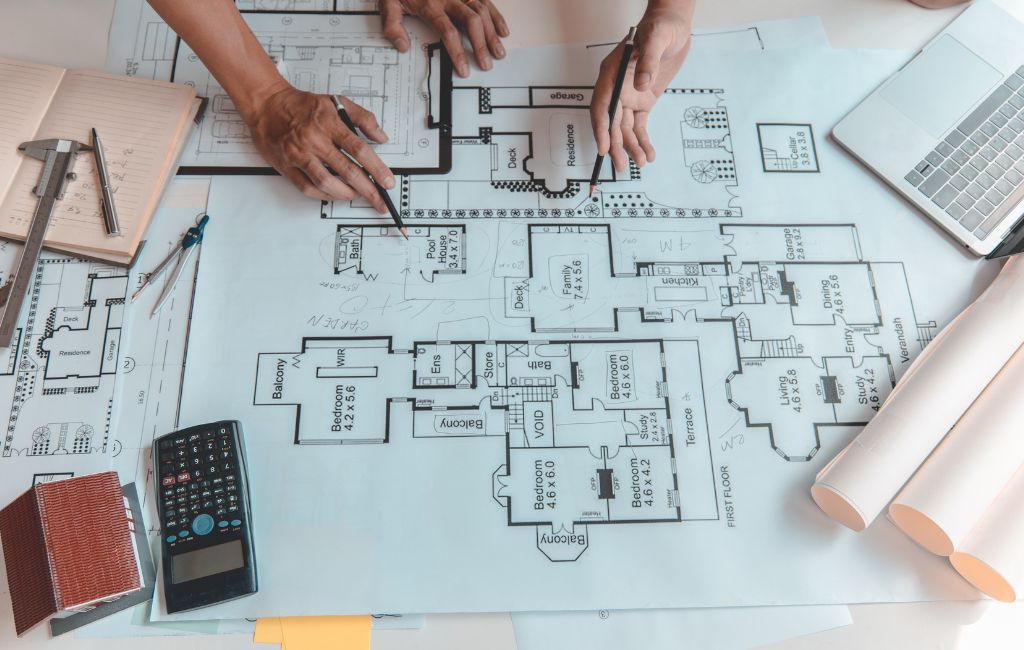-
Table of Contents
- Architectural Innovation: Shaping the Future of Living Spaces
- Smart Homes: Integrating Technology into Living Spaces
- Sustainable Architecture: Building for the Future
- Adaptive Reuse: Transforming Old Structures
- Biophilic Design: Connecting with Nature
- Modular Construction: Efficiency and Flexibility
- 3D Printing: Revolutionizing Construction
- Case Studies: Innovative Architectural Projects
- Conclusion
Architect: Future Living
Architectural innovation is transforming the way we live, work, and interact with our environments. As technology advances and societal needs evolve, architects are pushing the boundaries of design to create living spaces that are not only functional but also sustainable and aesthetically pleasing. This article explores the latest trends and innovations in architecture that are shaping the future of living spaces.
Smart Homes: Integrating Technology into Living Spaces
Smart homes are at the forefront of architectural innovation. These homes integrate advanced technologies to enhance comfort, security, and energy efficiency. Key features of smart homes include:
- Automated lighting and climate control systems
- Voice-activated assistants
- Smart security systems with real-time monitoring
- Energy-efficient appliances
According to a report by Statista, the global smart home market is expected to reach $53.45 billion by 2022. This growth is driven by the increasing demand for convenience and the need to reduce energy consumption.
Sustainable Architecture: Building for the Future
Sustainability is a key focus in modern architecture. Architects are designing buildings that minimize environmental impact and promote energy efficiency. Some of the sustainable practices include:
- Using renewable energy sources such as solar and wind power
- Incorporating green roofs and walls
- Utilizing recycled and locally sourced materials
- Implementing water-saving technologies
A notable example of sustainable architecture is the Bullitt Center in Seattle, often referred to as the greenest commercial building in the world. It features solar panels, rainwater harvesting systems, and composting toilets, making it a model for future sustainable buildings.
Adaptive Reuse: Transforming Old Structures
Adaptive reuse involves repurposing old buildings for new uses. This approach not only preserves historical architecture but also reduces the need for new construction, thereby saving resources. Examples of adaptive reuse include:
- Converting warehouses into residential lofts
- Transforming factories into office spaces
- Repurposing churches into community centers
The High Line in New York City is a prime example of adaptive reuse. This elevated railway track was transformed into a public park, providing green space in an urban environment and preserving a piece of the city’s history.
Biophilic Design: Connecting with Nature
Biophilic design aims to connect occupants with nature, enhancing well-being and productivity. This design philosophy incorporates natural elements into the built environment, such as:
- Large windows for natural light
- Indoor plants and green walls
- Natural materials like wood and stone
- Water features such as fountains and ponds
Studies have shown that biophilic design can reduce stress, improve mood, and increase cognitive function. The Amazon Spheres in Seattle, which house over 40,000 plants, are a striking example of biophilic design in a corporate setting.
Modular Construction: Efficiency and Flexibility
Modular construction involves building sections of a structure off-site and then assembling them on-site. This method offers several advantages, including:
- Reduced construction time
- Lower costs
- Improved quality control
- Less waste
Modular construction is gaining popularity in residential, commercial, and healthcare sectors. For instance, the CitizenM Hotel in New York was built using modular construction, significantly reducing the project timeline and costs.
3D Printing: Revolutionizing Construction
3D printing technology is revolutionizing the construction industry by allowing for the creation of complex structures with precision and speed. Benefits of 3D printing in architecture include:
- Customization of designs
- Reduction in material waste
- Faster construction times
- Lower labor costs
In 2018, the first 3D-printed house in the United States was unveiled in Austin, Texas. Built in just 24 hours at a cost of $10,000, this project demonstrated the potential of 3D printing to address housing shortages and affordability issues.
Case Studies: Innovative Architectural Projects
Several architectural projects around the world exemplify the innovative approaches discussed above. Here are a few notable examples:
- The Edge, Amsterdam: Known as the smartest building in the world, The Edge features a range of smart technologies, including a connected lighting system that uses sensors to optimize energy use.
- Bosco Verticale, Milan: This pair of residential towers incorporates over 900 trees and 20,000 plants, providing a green oasis in the city and improving air quality.
- One Central Park, Sydney: This mixed-use development features a vertical garden and a heliostat that reflects sunlight into the building’s lower levels, enhancing natural light.
Conclusion
Architectural innovation is reshaping the future of living spaces by integrating technology, promoting sustainability, and enhancing our connection with nature. From smart homes and sustainable buildings to adaptive reuse and biophilic design, these advancements are creating environments that are more efficient, comfortable, and harmonious with the natural world. As architects continue to push the boundaries of design, the future of living spaces looks promising and exciting.
